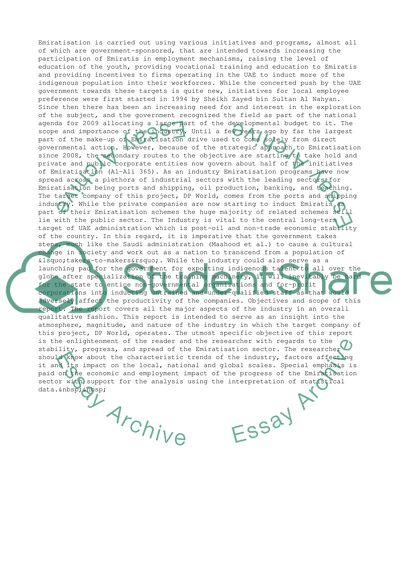Cite this document
(“Industry report Research Paper Example | Topics and Well Written Essays - 2000 words”, n.d.)
Industry report Research Paper Example | Topics and Well Written Essays - 2000 words. Retrieved from https://studentshare.org/business/1494020-industry-report
Industry report Research Paper Example | Topics and Well Written Essays - 2000 words. Retrieved from https://studentshare.org/business/1494020-industry-report
(Industry Report Research Paper Example | Topics and Well Written Essays - 2000 Words)
Industry Report Research Paper Example | Topics and Well Written Essays - 2000 Words. https://studentshare.org/business/1494020-industry-report.
Industry Report Research Paper Example | Topics and Well Written Essays - 2000 Words. https://studentshare.org/business/1494020-industry-report.
“Industry Report Research Paper Example | Topics and Well Written Essays - 2000 Words”, n.d. https://studentshare.org/business/1494020-industry-report.


